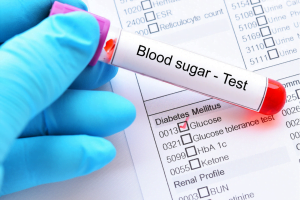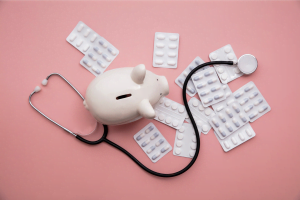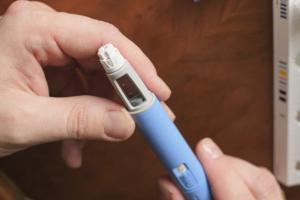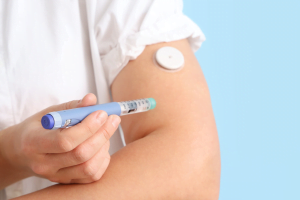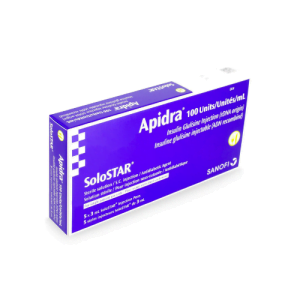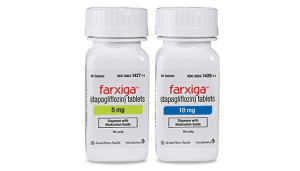Type 2 diabetes (T2D) is a condition where the body fails to produce enough insulin or the body becomes resistant to the effects of insulin. Patients with T2D can manage high levels of blood sugar through diet, exercise, and drugs. Like other drugs, T2D medications can cause side effects. If these side effects are mild, there is no cause for alarm because they will likely resolve themselves. However, if the side effects of type 2 diabetes medicine you are using are severe, they will not disappear on their own. Therefore, you should stop using the diabetes medication and call your doctor right away for medical help. He may decide to change your diabetes medicine or reduce your dosage. The side effects you may experience will vary depending on the drug you are using. Some T2D drugs, such as thiazolidinediones (TZDs), are associated with effects such as weight gain, while others like metformin can cause diarrhea and upset stomach.
Type 2 diabetes medications
Type 2 diabetes medications help diabetic patients to control their blood sugar. Keeping your blood sugar levels within the normal range can help prevent the risk of long-term complications. Unfortunately, using these medications to control your blood sugar levels may lead to side effects. To understand the side effects of diabetes drugs, it is important you know the different types of drugs that are used by patients with T2D. T2D drugs are classified into different classes, including sulfonylureas, biguanides, TZDs, SGLT-2 inhibitors, meglitinides and GLP-1 agonists.
Sulfonylureas drugs
Sulfonylureas reduce the high levels of blood sugar by stimulating the beta cells to produce insulin. For these diabetes drugs to work, they require the beta cells to function properly. Sulfonylureas drugs include Amaryl, Glucotrol, and Diabeta.
Biguanides
Biguanides are a group of type 2 diabetes medications that work in the body by improving insulin sensitivity, preventing glucose production in the liver and reducing the amount of glucose the intestines absorb. Metformin is the only drug in this class.
TZDs
TZDs are oral anti-diabetes drugs that are used to treat patients who are type 2 diabetic. TZDs, which are also known as glitazones, work by reducing the body’s resistance to insulin. They also reduce the amount of glucose produced by the liver. Drugs in this class include Avandia and Actos.
Meglitinides
Meglitinides increase insulin amounts produced by the beta cells in the pancreas. This helps to control blood sugar after eating. Because meglitinides work very quickly to reduce the levels of blood sugar, they should be taken with meals or before eating. Meglitinides drugs include Prandin and Starlix.
GLP-1 agonists drugs
GLP-1 agonists are injectable drugs that are prescribed to type 2 diabetic patients who have not managed to control their blood sugar levels with oral diabetes drugs. These drugs work by stimulating the pancreas to release insulin and preventing glucagon from being released by the pancreas. Under this class of diabetes medication, we have Victoza, Trulicity, and Byetta.
SGLT-2 inhibitors
SGLT-2 inhibitors are oral diabetes medications that help the kidneys to reduce high levels of blood sugar. SGLT-2 drugs are not suitable for diabetic patients with kidney problems. Drugs in this class include Jardiance, Invokana, and Farxiga.
Side effects of type 2 diabetes medications
TZDs like Actos are associated with side effects such as
- weight gain
- fluid retention
- sore throat
- headaches
The common side effects of metformin include
- upset stomach
- loss of appetite
- gas
- bloating
- diarrhea
It is unlikely you will experience low blood sugar levels when you take metformin alone; however, when metformin is taken in combination with sulfonylureas or insulin, you may experience hypoglycemia and/or weight gain.
Common side effects of sulfonylureas include
- hunger
- low blood sugar
Meglitinides can lead to side effects such as
- joint pain
- low blood sugar
SGLT-2 inhibitors increase the risk of urinary tract infections, because the medication causes excess glucose to be excreted via urine.
GLP-1 agonists can lead to various side effects such as:
- Constipation
- Loss of appetite
- Indigestion
- Increased sweating
- Diarrhea
- Vomiting
- Headache
Disclaimer: Please note that the contents of this community article are strictly for informational purposes and should not be considered as medical advice. This article, and other community articles, are not written or reviewed for medical validity by Canadian Insulin or its staff. All views and opinions expressed by the contributing authors are not endorsed by Canadian Insulin. Always consult a medical professional for medical advice, diagnosis, and treatment.


